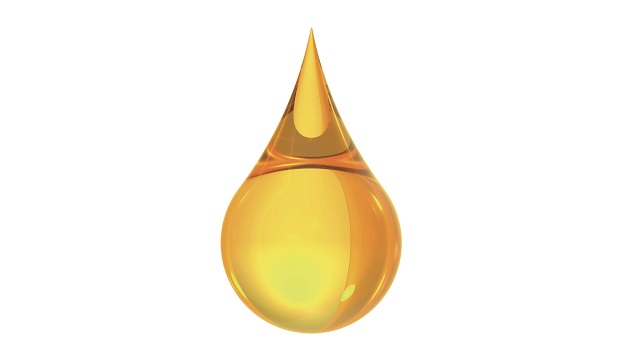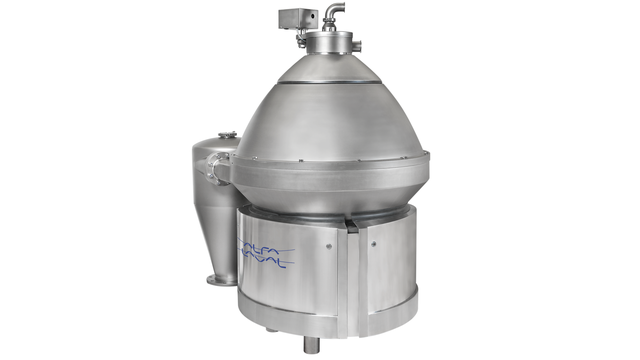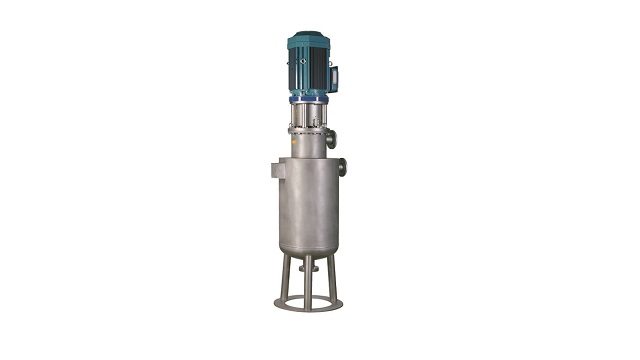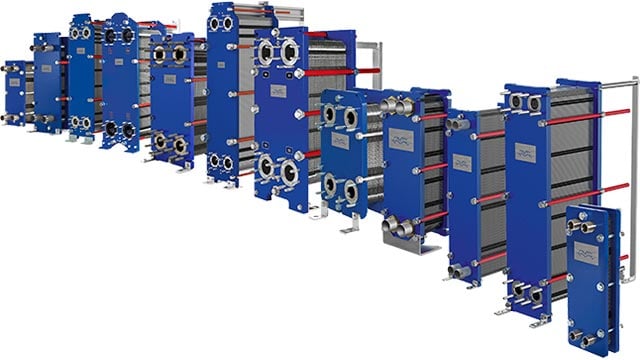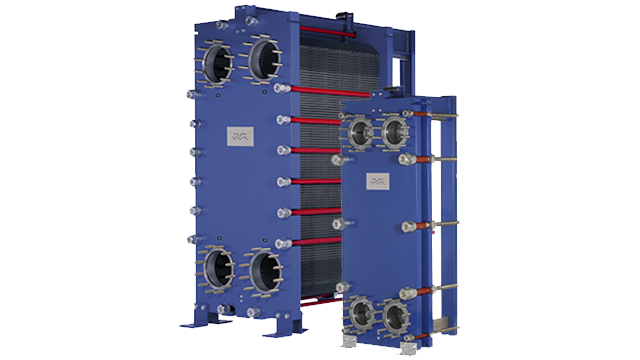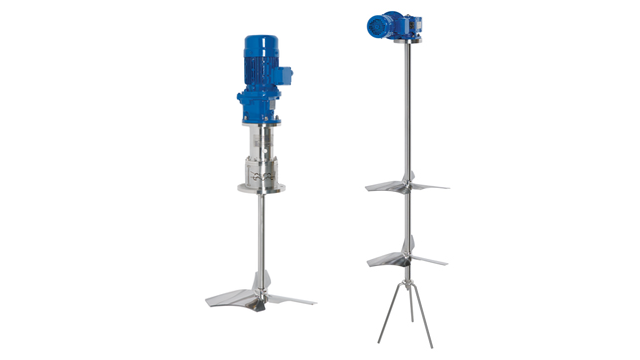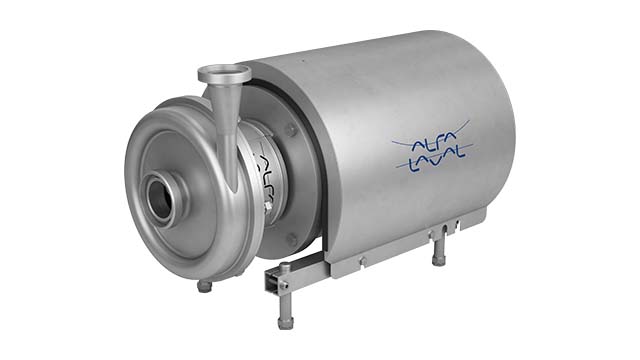Neutralization systems
Enhance the taste, stability and shelf life of your edible oils through the effective removal of free fatty acids in your crude oil. Our systems for neutralization processes remove free fatty acids and other impurities that impact edible oil quality, consistency, appearance, taste and shelf life. Tailor these systems to your needs—whether cold, alkali or miscella refining. What you get is crude oil free of impurities and sodium soap for onward processing into quality edible oils and soapstock.
Reliable, effective neutralization of free fatty acids enhances your edible oil refining processes
- Ensure more uptime and longer service life due to robust system design
- Maximize edible oil quality, taste, shelf life and yield
- Boost operational reliability and efficiency
- Minimize oil loss and operating costs
- Easy to install, operate and maintain
Effective alkali refining calls for reliable neutralization systems to remove the free fatty acids and gum residues that make edible oils acidic and prone to oxidization.
With Alfa Laval's neutralization process systems, you can enjoy true peace of mind knowing that optimized processes are in place to boost productivity and yield of your edible oil refining processes. And you can rest assured that our global service centres and partners are nearby to support your every need.
Neutralization System Process
The Alfa Laval Neutralization System consists of heat exchanges, dosing pumps, mixers, agitators and disc stack centrifuges.
How it works
How neutralization of oil works
The greater the free fatty acids, the more challenging the purification process and the stronger the caustic soda concentration needed to neutralize and remove them. First, crude oil is heated, dosed with acid, mixed, dosed with caustic soda (lye), and mixed again. It is then transferred to the retention tanks where the bonds between the oil and free fatty acids and other impurities are broken.
Next, neutralization of fats and oils is carried out continuously using disc stack centrifuges. Generally speaking, there are two methods to neutralize fats and oils:
Long-mix refining process for crude soybean or rapeseed oil
To neutralize the free fatty acids, the heated crude oil is dosed with acid and lye and remains in contact with caustic soda in special retention mixers for an extended period of time. The oil is then heated and transferred to disc stack centrifuges where soapstock and wash water are separated from the refined oil in a single stage.
Multi-mix refining process for virtually any oil
Here the crude oil comes into contact with the caustic soda for a short period of time. It then goes through one to two stages of washing. When processing cottonseed oil or low-quality crude fats and oils, a second lye treatment, known as re-refining, is necessary.
Once neutralization is complete, the oil is washed. The wash water is then removed using disc stack centrifuges. The oil is transferred to a vacuum dryer for drying. The free fatty acids and other impurities (sugars, pigments and trace metals) separated from the oil are sent for downstream for processing into soapstock.
Alfa Laval also offers neutralization systems for miscella refining of cottonseed oil as well as cold refining of sunflower or maize/corn oil.

